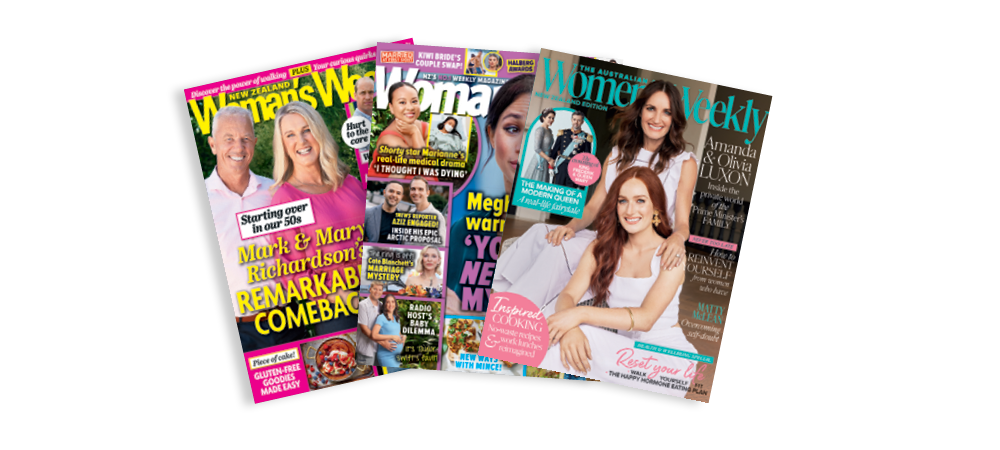They’ve won countless accolades and cooked for the world’s biggest names, but top Australasian chefs Monique Fiso and Mark Olive still get a thrill from seeing the impact their food has on people.
Pioneers of the indigenous food movement in their respective countries – Monique in New Zealand and Mark in Australia – they showcase ingredients that natives of both countries have eaten for centuries.
Wellington-based Monique’s CV is impressive. A seasoned forager for local ingredients, the Māori/Samoan author is one of New Zealand’s most decorated chefs. She worked in Michelin-starred restaurants in New York, features on Netflix’s The Final Table, and she’s taught Gordon Ramsay how to find and eat a huhu grub!
In 2018, she opened multi-award-winning restaurant Hiakai – also the name of her cookbook – which is managed by Monique’s partner Katie Monteith. The restaurant has been named as one of the World’s 100 Greatest Places by Time magazine.
Recently, Mark and Monique collaborated on a menu for Tasting South Australia, where they married their cultures with dishes like braised wallaby with Australian herb-infused tomatoes and polenta rosti, smoked hāngī kūmara with hazelnut and buffalo cheese, and charred asparagus with rocket and harakeke seed tahini.
“Many Kiwis don’t realise that harakeke – the flax that’s a quintessential part of our landscape and used in traditional weaving – is a food source,” says Monique. “I love putting something in front of people and they go, ‘What’s that?'”

Mark, 61, is a household name in Aussie, fronting TV shows, writing cookbooks and running restaurants. Last year, he opened Midden by Mark Olive in the Sydney Opera House.
A Bundjalung man from Wollongong, he has spearheaded the use of native Australian produce in haute cuisine. After training in European cooking, he began applying those techniques to kangaroo, crocodile and wallaby in the 1990s. In 2010, his star rose even higher when he cooked for talk-show host Oprah Winfrey, who was touring Australia with a group of TV show viewers.
“That was so exciting,” he recalls. He wasn’t sure how Americans would react to eating kangaroo and emu – and got nervous when he found out they had been petting kangaroos earlier that day. But he was pleasantly surprised. “They didn’t baulk at anything!”
Mark says wallaby can be a hard sell too, but he relishes the chance to change people’s perspectives.
“Australia has a long way to go to embrace eating wallaby, kangaroo, emu, crocodile and possum. But for Aboriginal people, they were always a food and clothing source. They were totems for our Dreamtime stories. It’s important for the non-indigenous people of our countries to understand this stuff has been around for centuries.”c

Mark and Monique have admired each other’s work for years, but this was their first collaboration.
Monique, 36, grew up in Porirua and is of Māori, Samoan and Pākehā descent. She is passionate about educating people through food.
“We want to pass the knowledge of our kai on to the next generation,” she says. “When you ask Māori about themselves, you don’t say, ‘What do you do for a living?’ You ask where they’re from.”
That’s because the connection with the land is so strong, she explains.
“Kai is part of that. It’s more than just making nice things to eat. It’s helping people understand who they are and where they came from.”
Adds Mark, “What Monique does is fascinating. We all have to eat and you can get around a kitchen table, have a good yarn and have these open conversations.”
They agree that the responsibility of being an educator can sometimes feel overwhelming. In those moments, Monique leans on partner Katie.
“Sometimes I’m like, ‘This is really hard.’ And Katie says, ‘This is your destiny, though, so get out there!'”

Two of Mark’s favourite Australian ingredients can easily be found at specialty food shops.




